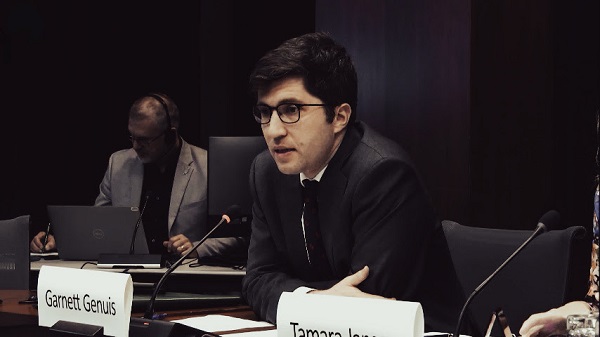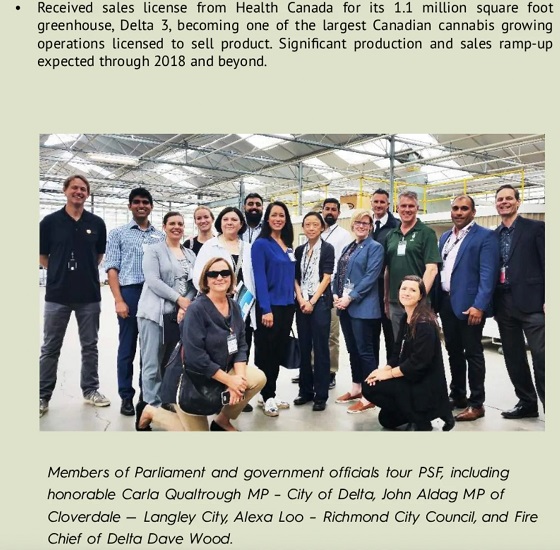Alberta
Premier Smith to Ottawa: Alberta can’t afford thousands of asylum seekers right now
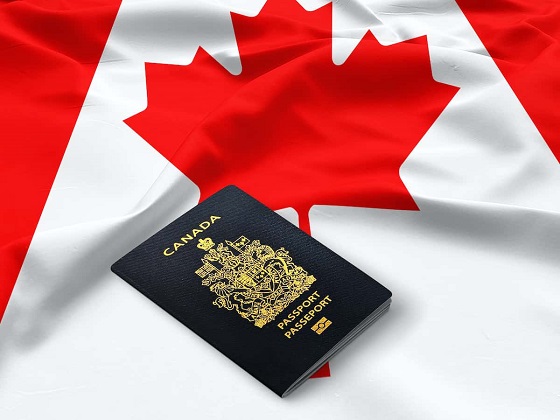
From Free Alberta Strategy
For decades, Canada’s immigration policies were uncontroversial – parties across the spectrum maintained generally sensible policies.
But the current government in Ottawa has ditched this consensus, and the public mood is turning fast.
A large influx of newcomers has put a significant strain on public services and the housing market across the country.
Alberta, in particular, is feeling the strain, as our province receives both a disproportionately large share of the immigrants arriving in Canada, as well as by far the largest number of people moving between provinces.
Earlier this year, the Alberta government reported that in the year from April 2023 to April 2024, Alberta’s population had grown a record 4.11%, representing 204,677 people.
This is by far the highest annual growth rate in the country, outpacing second-place Ontario by nearly a full percentage point.
Importantly, international migration is responsible for about 68% of the increase, interprovincial migration is responsible for about 25%, and just 8% is caused by natural increase.
Another area of immigration that has significantly increased in Alberta is asylum seekers, which have more than doubled from 5,076 per year to 11,292 per year.
Of course, this represents just a small portion of the overall immigration to Alberta, and Alberta actually accepts a much smaller share of asylum seekers (about 5% of the total) compared with our population (about 12% of Canada).
But, Ottawa is now pushing to change this – they want provinces like Alberta to accept more of their “fair share” of asylum seekers – despite the fact that Alberta already receives more than its “fair share” of other types of immigrants.
Federal Immigration Minister Marc Millers says the federal government anticipates full cooperation from all provinces and territories as it strives for a fair and sustainable approach to managing the influx.
He says the federal government has “levers that we need to push and pull” when it comes to enticing provinces to agree to their terms:
“The reality is that Quebec and Ontario are facing disproportionate pressures, compared to any other province in the country – as they have been welcoming the majority of asylum seekers,” says the Minister.
“We will have proper incentives for those willing to welcome asylum seekers, and will take a holistic view with regards to other immigration programs based on participation – as this is work we cannot do alone, nor unilaterally. All options remain on the table.”
In other words, the federal government is once again planning on spending more of our tax dollars to effectively bribe the provinces’ to go along with their policies.
This idea isn’t new – Quebec has already urged the Trudeau government to disperse asylum-seekers more evenly across the provinces.
Premier Smith, however, is saying no:
“Section 95 of the Constitution is clear – immigration is an area of shared authority between the federal government and the provinces.”
“We are informing the Government of Canada that until further notice, Alberta is not open to having these additional asylum seekers settled in our province,” she added.
“We simply cannot afford it.”
Maybe, when the full details of the federal government’s plan are made public, the numbers will stack up.
But, based on past precedent, it seems unlikely.
More likely, this is just another agreement with the federal government that Alberta can’t afford to make.
Time and time again, we’ve seen the federal government approach the provincial government with a deal that – in Ottawa’s view – is good for the province.
We know, as we’ve seen with the nationalized childcare fiasco, that these deals very rarely work out for Alberta.
The Free Alberta Strategy continues to be Alberta’s shield against federal overreach, ensuring that Albertans remain in control of our future.
This issue is just the latest battle in which our unwavering defence of our provinces’ best interests can make a real difference.
If you believe in defending Alberta from Ottawa, join us!
Your contribution will help ensure that the Free Alberta Strategy has the resources and voice it needs to push back.
Donate today to stand up for Alberta’s sovereignty and sustainability!
Alberta
B.C. would benefit from new pipeline but bad policy stands in the way

From the Fraser Institute
By Julio Mejía and Elmira Aliakbari
Bill C-69 (a.k.a. the “no pipelines act”) has added massive uncertainty to the project approval process, requiring proponents to meet vague criteria that go far beyond any sensible environmental concerns—for example, assessing any project’s impact on the “intersection of sex and gender with other identity factors.”
In case you haven’t heard, the Alberta government plans to submit a proposal to the federal government to build an oil pipeline from Alberta to British Columbia’s north coast.
But B.C. Premier Eby dismissed the idea, calling it a project imported from U.S. politics and pursued “at the expense of British Columbia and Canada’s economy.” He’s simply wrong. A new pipeline wouldn’t come at the expense of B.C. or Canada’s economy—it would strengthen both. In fact, particularly during the age of Trump, provinces should seek greater cooperation and avoid erecting policy barriers that discourage private investment and restrict trade and market access.
The United States remains the main destination for Canada’s leading exports, oil and natural gas. In 2024, nearly 96 per cent of oil exports and virtually all natural gas exports went to our southern neighbour. In light of President Trump’s tariffs on Canadian energy and other goods, it’s long past time to diversify our trade and find new export markets.
Given that most of Canada’s oil and gas is landlocked in the Prairies, pipelines to coastal terminals are the only realistic way to reach overseas markets. After the completion of the Trans Mountain Pipeline Expansion (TMX) project in May 2024, which transports crude oil from Alberta to B.C. and opened access to Asian markets, exports to non-U.S. destinations increased by almost 60 per cent. This new global reach strengthens Canada’s leverage in trade negotiations with Washington, as it enables Canada to sell its energy to markets beyond the U.S.
Yet trade is just one piece of the broader economic impact. In its first year of operation, the TMX expansion generated $13.6 billion in additional revenue for the economy, including $2.0 billion in extra tax revenues for the federal government. By 2043, TMX operations will contribute a projected $9.2 billion to Canada’s economic output, $3.7 billion in wages, and support the equivalent of more than 36,000 fulltime jobs. And B.C. stands to gain the most, with $4.3 billion added to its economic output, nearly $1 billion in wages, and close to 9,000 new jobs. With all due respect to Premier Eby, this is good news for B.C. workers and the provincial economy.
In contrast, cancelling pipelines has come at a real cost to B.C. and Canada’s economy. When the Trudeau government scrapped the already-approved Northern Gateway project, Canada lost an opportunity to increase the volume of oil transported from Alberta to B.C. and diversify its trading partners. Meanwhile, according to the Canadian Energy Centre, B.C. lost out on nearly 8,000 jobs a year (or 224,344 jobs in 29 years) and more than $11 billion in provincial revenues from 2019 to 2048 (inflation-adjusted).
Now, with the TMX set to reach full capacity by 2027/28, and Premier Eby opposing Alberta’s pipeline proposal, Canada may miss its chance to export more to global markets amid rising oil demand. And Canadians recognize this opportunity—a recent poll shows that a majority of Canadians (including 56 per cent of British Columbians) support a new oil pipeline from Alberta to B.C.
But, as others have asked, if the economic case is so strong, why has no private company stepped up to build or finance a new pipeline?
Two words—bad policy.
At the federal level, Bill C-48 effectively bans large oil tankers from loading or unloading at ports along B.C.’s northern coast, undermining the case for any new private-sector pipeline. Meanwhile, Bill C-69 (a.k.a. the “no pipelines act”) has added massive uncertainty to the project approval process, requiring proponents to meet vague criteria that go far beyond any sensible environmental concerns—for example, assessing any project’s impact on the “intersection of sex and gender with other identity factors.” And the federal cap on greenhouse gas (GHG) emissions exclusively for the oil and gas sector will inevitably force a reduction in oil and gas production, again making energy projects including pipelines less attractive to investors.
Clearly, policymakers in Canada should help diversify trade, boost economic growth and promote widespread prosperity in B.C., Alberta and beyond. To achieve this goal, they should put politics aside, focus of the benefits to their constituents, and craft regulations that more thoughtfully balance environmental concerns with the need for investment and economic growth.
Alberta
Alberta introduces bill allowing province to reject international agreements
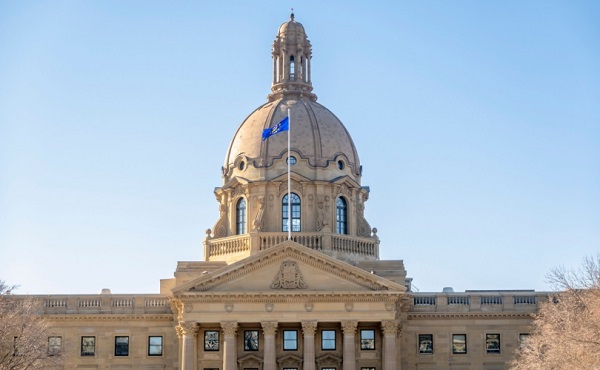
From LifeSiteNews
Under the proposed law, international treaties or accords signed by the federal government would not apply in Alberta unless approved through its own legislation.
Alberta’s Conservative government introduced a new law to protect “constitutional rights” that would allow it to essentially ignore International Agreements, including those by the World Health Organization (WHO), signed by the federal Liberal government.
The new law, Bill 1, titled International Agreements Act and introduced Thursday, according to the government, “draws a clear line: international agreements that touch on provincial areas of jurisdiction must be debated and passed into law in Alberta.”
Should the law pass, which is all but certain as Alberta Premier Danielle Smith’s Conservatives hold a majority government, it would mean that any international treaties or accords signed by the federal government would not apply in Alberta unless approved through its own legislation.
“As we return to the legislature, our government is focused on delivering on the mandate Albertans gave us in 2023 to stand up for this province, protect our freedoms and chart our path forward,” Smith said.
“We will defend our constitutional rights, protect our province’s interests and make sure decisions that affect Albertans are made by Albertans. The federal government stands at a crossroads. Work with us, and we’ll get things done. Overstep, and Alberta will stand its ground.”
According to the Alberta government, while the feds have the “power to enter into international agreements on behalf of Canada,” it “does not” have the “legal authority to impose its terms on provinces.”
“The International Agreements Act reinforces that principle, ensuring Alberta is not bound by obligations negotiated in Ottawa that do not align with provincial priorities,” the province said.
The new Alberta law is not without precedent. In 2000, the province of Quebec passed a similar law, allowing it to ignore international agreements unless approved by local legislators.
The Smith government did not say which current federal agreements it would ignore, but in theory, it could apply to any agreement Canada has signed with the United Nations or the WHO.
-
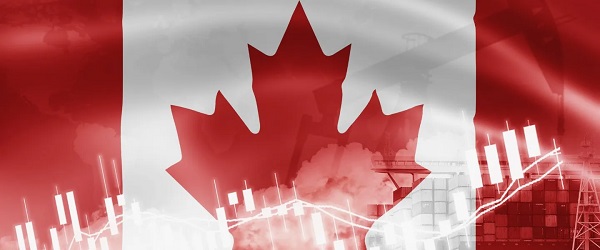
 Business1 day ago
Business1 day agoCarney government risks fiscal crisis of its own making
-

 Alberta1 day ago
Alberta1 day agoB.C. would benefit from new pipeline but bad policy stands in the way
-
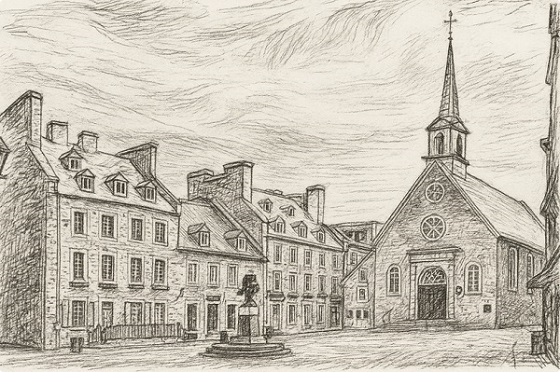
 Frontier Centre for Public Policy1 day ago
Frontier Centre for Public Policy1 day agoChurches Are All That Stands Between Canada And Tyranny
-

 Alberta1 day ago
Alberta1 day agoAlberta introduces bill allowing province to reject international agreements
-

 Business10 hours ago
Business10 hours agoTrans Mountain executive says it’s time to fix the system, expand access, and think like a nation builder
-
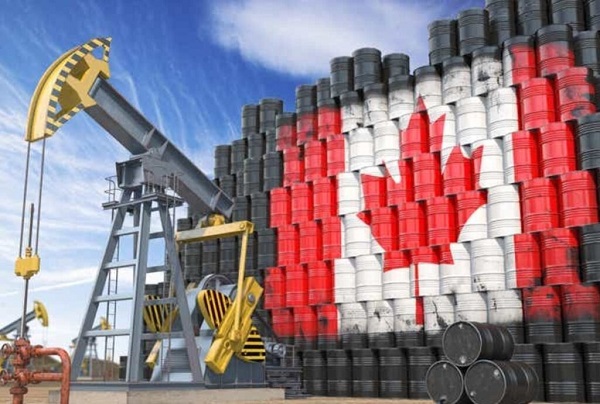
 Energy9 hours ago
Energy9 hours agoCAPP calls on federal government to reset energy policy before it’s too late
-

 Business1 day ago
Business1 day agoTrump Admin Establishing Council To Make Buildings Beautiful Again
-

 International1 day ago
International1 day agoUS Deploys Gerald Ford Carrier Strike Group To Target Cartels

